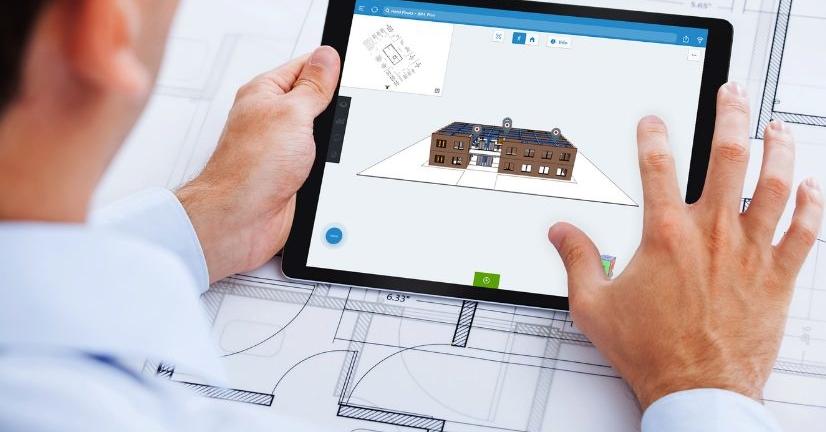In the dynamic sphere of the contemporary digital era, the construction industry steadfastly propels towards accepting avant-garde technologies that enhance productivity and streamline efficiency. Amidst these emerging technologies, Building Information Modelling (BIM) stands out for its unique capability. BIM is an intelligent, 3D model-based process which serves as a valuable tool for architecture, engineering, and construction (AEC) professionals, enabling them to plan, design, construct, and effectively manage buildings and infrastructures. As a catalyst for real-time collaborations, BIM is injecting velocity into project delivery and pioneering a revolution across the UK construction industry.
Embracing Enhanced Collaboration
Success in the construction industry pivots around the fulcrum of effective collaboration. A team of designers, builders, and facility managers that works in harmony provides a robust foundation for a successful project outcome.
The Collaborative Edge of BIM
BIM transcends traditional boundaries by forming an agile, real-time environment where stakeholders can share project design data. This shared understanding nurtures swift decision-making processes, culminating in significant time savings. A striking example of this lies in a detailed case study showcasing how the transformative integration of bim services uk within the Manchester Town Hall Complex restoration project resulted in a completion time of 14 months, a full ten months ahead of the original 24-month estimate.
Keeping Everyone on the Same Page
BIM’s live environment enables stakeholders to constantly access the most recent project information. This spontaneous and universal access engenders unity and inclusivity among the team, fostering a consistent and aligned approach towards achieving project goals.
Streamlining Communication and Increasing Efficiency
Two of the most critical components in the world of construction are seamless communication and elevated efficiency. These pillars not only drive successful projects but also act as the lifeblood of the overall construction landscape. Building Information Modeling (BIM) is an indispensable tool in this context, optimizing these crucial facets and injecting an unanticipated momentum into project execution and deliveries.
Breaking Down Communication Barriers
In an industry where complex data sets often perplex the stakeholders, BIM revolutionizes the communication paradigm. Its greatest strength lies in its capacity to decode intricate project data and transform it into easily digestible, intuitive design models. This innovatively cuts out misinterpretations and misunderstandings that can be crippling at advanced project stages. This real-time conceptual and visual translation also enhances the clarity and comprehension of the final output, fostering a better understanding of the project’s vision among the stakeholders. In this way, BIM removes complexity, magnifies clarity, and helps to crystallize the vision of the project.
With its gracious entry into project management, BIM remodels the traditional project lifecycles by fostering an unparalleled level of synchronization. One of the primary highlights of BIM is its ability to usher real-time updates within the model. This eliminates the need for tedious manual revisions and significantly reduces inaccuracies, thereby speeding up processes and enhancing overall efficiency. But the magic of BIM does not stop there; it incorporates a predictive mechanism that allows stakeholders to anticipate potential design discrepancies or clashes even before a brick is laid. This foresightedness leads to a shift from on-the-spot reactive troubleshooting to a more tactical, proactive approach, curtailing both temporal and financial resources in the process.
In our era of technological advancements, as businesses yearn for more scalability and flexibility, there is an evident gravitation towards the trend to outsource bim services. Outsourcing presents as a tested and proven strategy, enabling companies to tap into a reservoir of BIM expertise without the need for astronomical investment in internal team upskilling or procurement of pricey hardware. This strategic decision widens the reach of BIM, making its accessibility and affordability truly democratic, extending the myriad benefits of BIM to virtually any construction project, irrespective of its size or complexity.
Conclusion
The adoption of BIM in the project delivery process has resulted in a plethora of benefits for the construction industry. From enhancing collaboration to streamlining communication, improving project lifecycles to effective cost management, BIM signals a paradigm shift in the UK construction landscape. Firms leveraging this groundbreaking technology can fast-track project delivery while maintaining high quality standards. BIM seems poised to lead the future of construction, driving significant evolution, and progress. As we gaze into the future of construction, the fusion of sophisticated technology and efficient project management paints a promising outlook.

